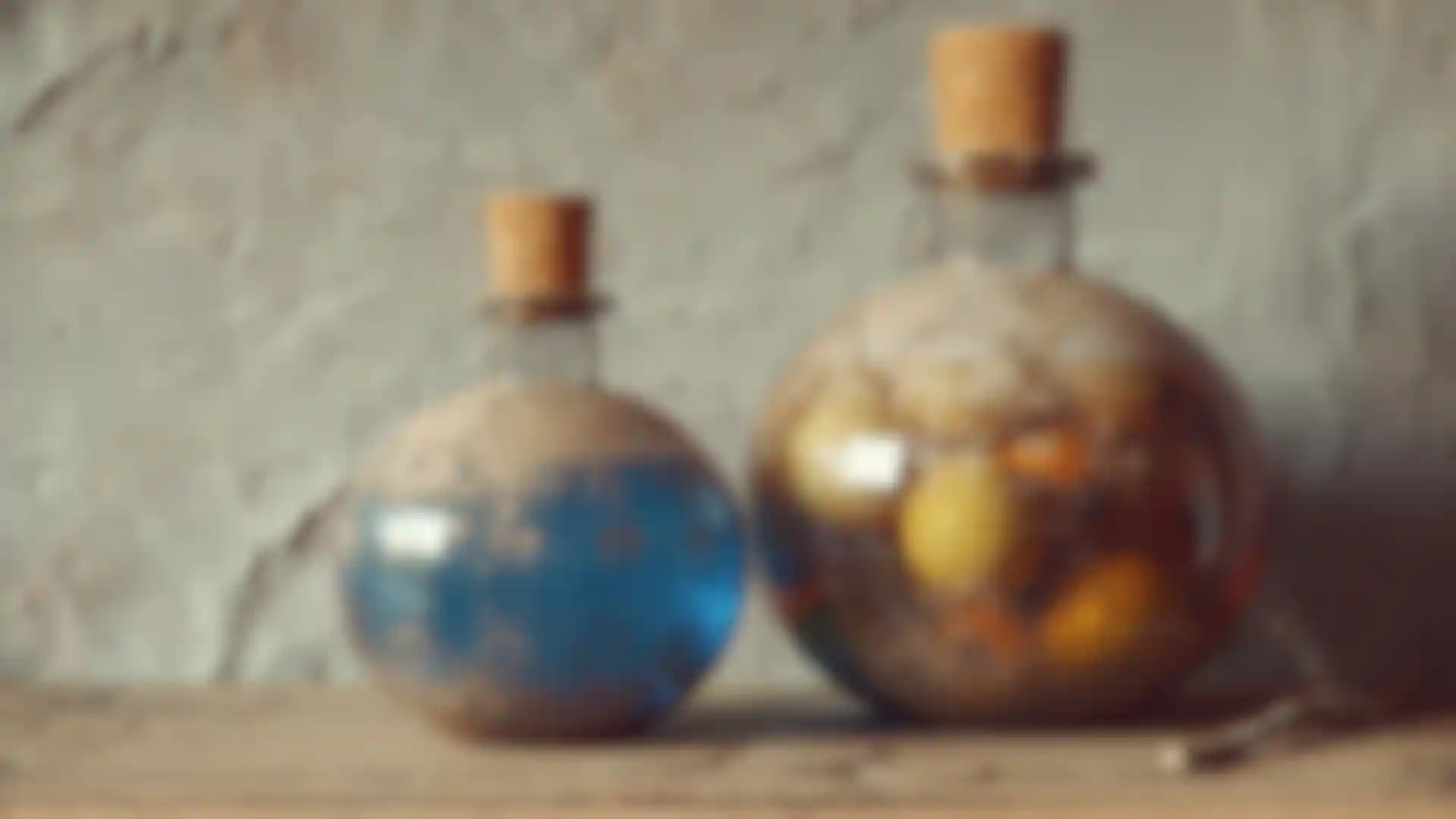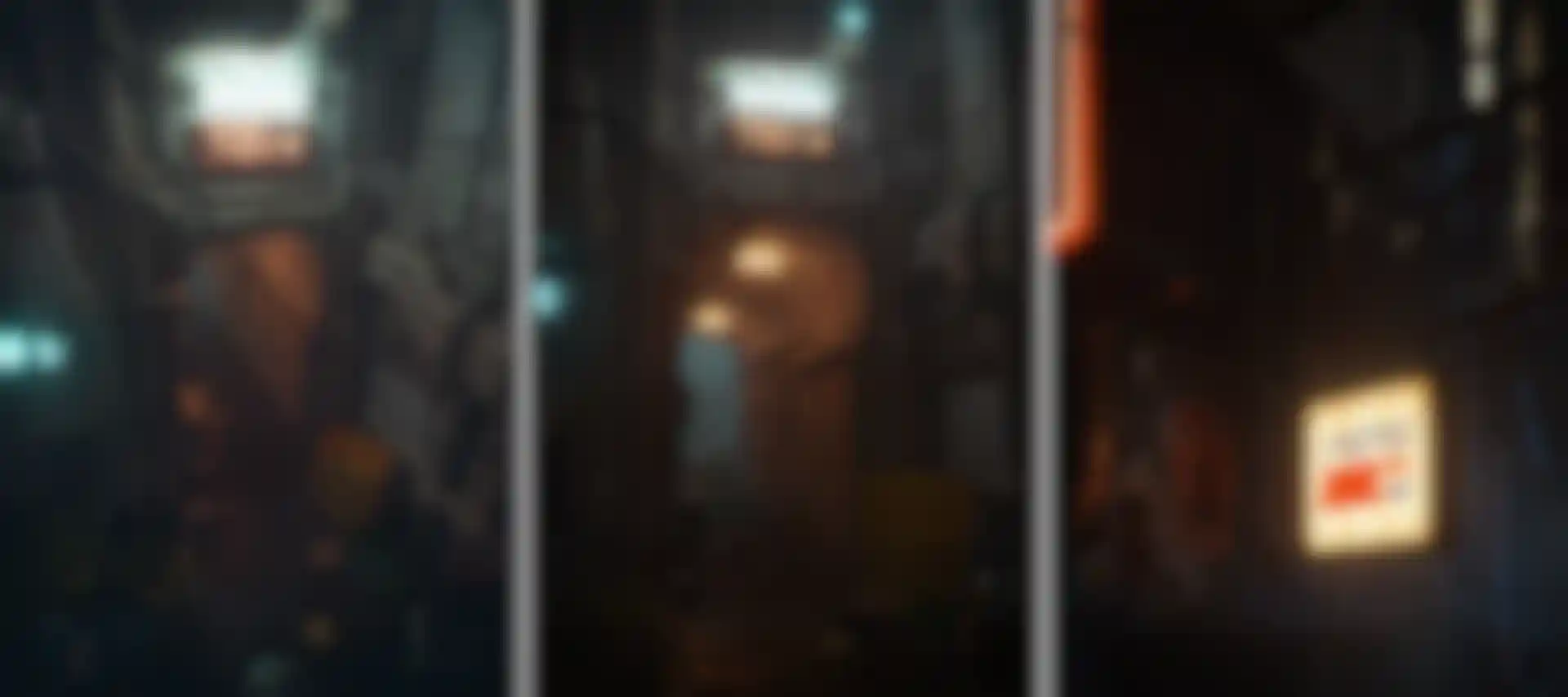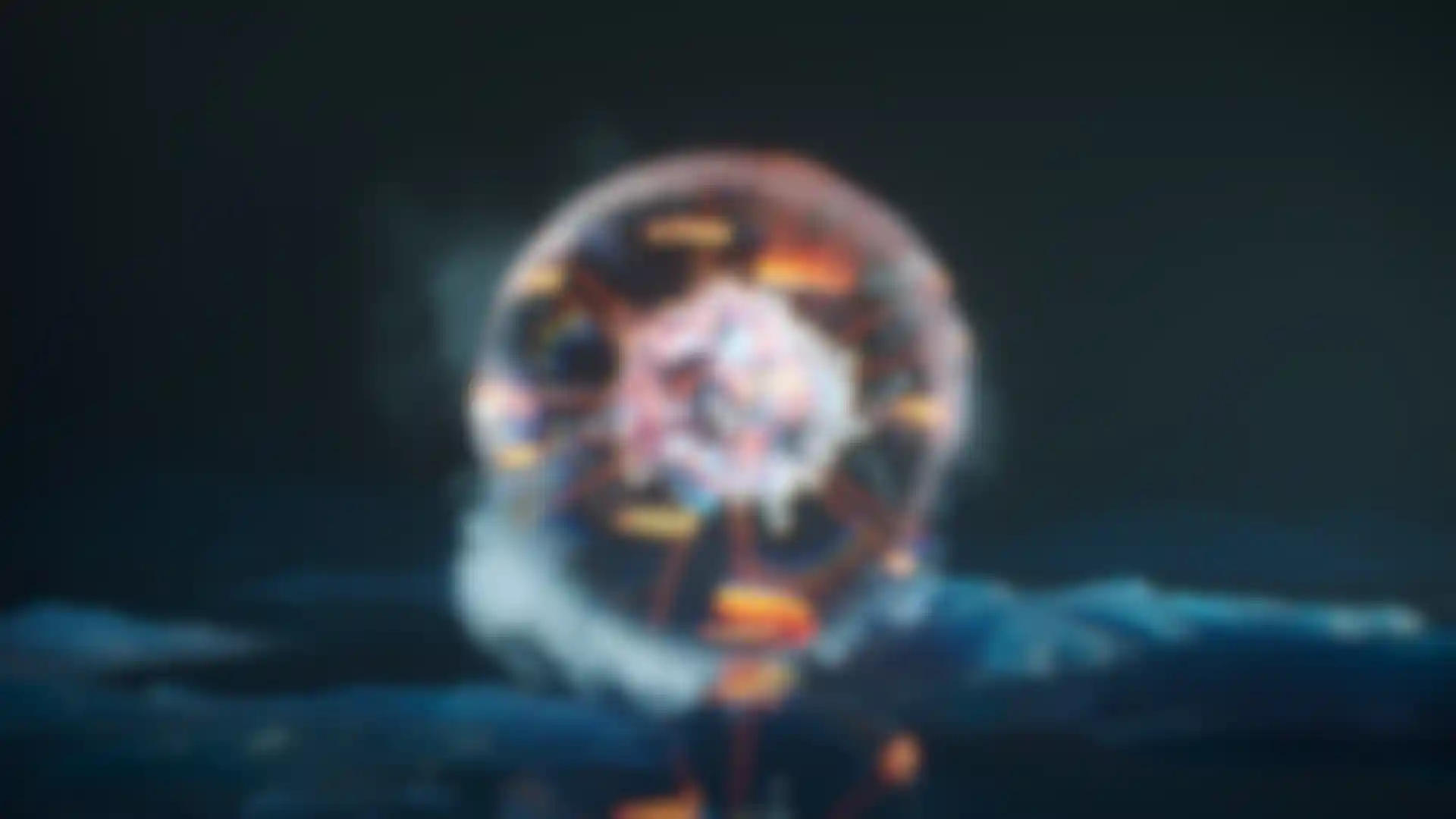
A Thousand Words Welcome to the world of 3D artist Josef Bsharah where the scene tells the story.
As a teenager growing up in Saudi Arabia, 3D artist Josef Bsharah spent most of his time playing video games and watching movies like The Matrix, The Lord of the Rings and Blade. Intrigued by what he saw, he was curious about every part of the creative process and wanted to learn more. His older brother introduced him to Maxon's Cinema 4D and Adobe's Photoshop, and a high school teacher helped Bsharah understand the basics of 3D. He took it from there, landing his first job in 2013 as an architectural modeler at a small, local studio.

Architectural visualization was the next thing he threw himself into while also working diligently on his 3D and computer graphics skills. In 2017, Bsharah went freelance and as he takes on new and different projects, he also dedicates a lot of his time to personal work that has not only helped him get better but has also attracted new clients offering the kind of work he really enjoys. "My work is constantly growing and shifting into different mediums but I would say it has evolved into making hyper-realistic environments and short stories that often have surreal and abstract elements," he explains.
Here, Bsharah discusses his distinctive style, what inspires him and how experimenting with different styles, software and tools is helping him sort out how to shape his career. We'll also take an up-close look at some of his projects and the stories they tell.
Your website features collections of personal work titled Tungsten, Jade and Voyager Zero. Is this recent work, and how would you characterize it?
J.B.: I’ve done all of those projects in the last two years. Often, I am referencing a mood or style of a render that I’ve created in the past and I’m creating something that fits within it. I think of it as environmental storytelling, but I am also learning. The tools we use today are rapidly changing and evolving, and each kind of tool or software comes with its own challenges. Cinema 4D has helped me a lot with keeping the momentum of ideas going because it’s easy to make changes quickly, especially when you combine it with Octane Render.
Tell us more about environmental storytelling. And what project most reflects that?
J.B.: That would be Tungsten. That was my second attempt to learn more about environmental storytelling. It’s a busy alleyway and there are a lot of small details everywhere that illustrate the overall chaos of the scene. Everything was conceived and modeled in Cinema 4D. I also used Moment of Inspiration 3D, Marvelous Designer and ZBrush for additional detail. It can be really hard to capture the story behind a place or area without much narrative. I try to capture a lot of small things you wouldn’t notice normally, like a dust patch above a pipe, an old spider web or a spot where paper has been mostly ripped off of a wall.

Describe the other two personal collections on your website, Jade and Voyager Zero.
J.B.: Jade is one of my first attempts at visualizing a small part of the world. It’s kind of a cyberpunk narrative. I’m always fascinated by the incredibly talented Japanese artists who worked on remarkable animated films such as Ghost in the Shell and Akira. The dedication it takes to truly visualize a world like that, on the level of detail that they achieved, is simply mind-blowing.
Jade was also a great learning exercise for me on the technical limits of a full a 3D pipeline with a GPU renderer. I started learning about asset management, organization and levels of detail, along with other things like real-world reference study and matching. Building and texturing everything was a really exciting challenge. Today, I approach massive projects, or any project with many components, differently thanks to Jade.
I spent a year on Voyager Zero. I wanted to discover what I could do with computer graphics, and where I truly wanted to go with my work over time. As I worked, I found myself changing a lot of my workflows and tools, which helped a lot in understanding what kind of work I wanted to spend the rest my career doing. Voyager Zero has reached a lot of people on social media, and I’ve received some really heart-warming letters on some of them.

Describe a recent client project and how clients are finding you through your personal work.
J.B.: So far, most of my clients have found me through the personal projects I’ve done over the past two years. Often, they are looking for something similar, so it’s a really good idea to have some work out there, even if it’s mostly personal. It still shows your overall style, and there is a good chance someone is going to like what you do and be interested in working with you.
Olena Shmahalo from Quanta magazine reached out to me recently to illustrate some articles on quantum computing. She said she had been following my work on Instagram for a while and liked the versatile style of the 3D visualizations. She wanted to see if I could work with her on illustrating quantum computers in an abstract or surreal way. It was a really interesting project. And I want to say a big thank you to everyone who has supported my work over the years because I’ve learned a lot on my own, but the online Cinema 4D community and interacting with artists on social media has really helped me get over the anxiety of ‘bad work’ and helped me just put my stuff out there.
Josef Bsharah Website:
https://www.josefbsharah.net

